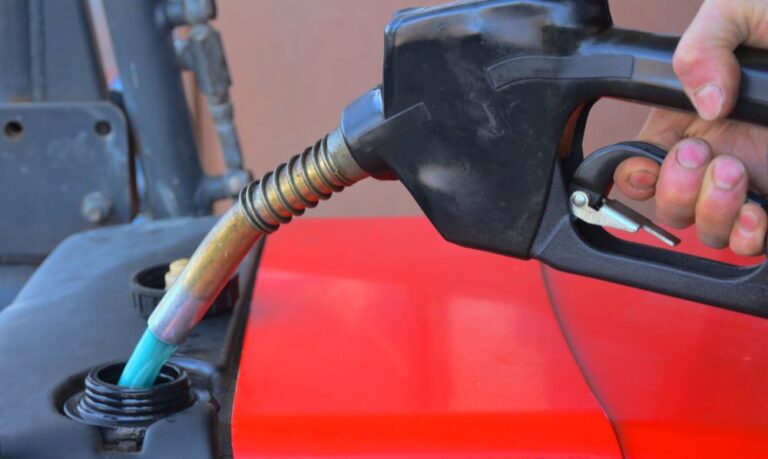The One Big Beautiful Bill Act made key changes to the 45Z Clean Fuel Production Credit, a tax credit created under the Inflation Reduction Act in 2022 to encourage the production of low-emission fuels.
While 45Z primarily benefits fuel producers, the recent updates offer new clarity and opportunities for U.S. farmers — if challenges can be addressed in time.
The 45Z credit applies to clean fuels produced after December 31, 2024, and was originally set to expire in 2027. Under OBBBA, it’s now extended through 2029, giving biofuel producers more time to invest in clean fuel technology.
But the real impact for agriculture lies in how carbon intensity is calculated and which feedstocks qualify. Using the Department of Energy’s 45ZCF-GREET model, emissions are assessed from field to fuel tank. The lower the CI score, the higher the credit — ranging from 20 cents to $1 per gallon.

Key changes under OBBBA include:
- Exclusion of indirect land use change from GREET calculations
- Feedstocks must be sourced from North America
- Fuels must be produced by U.S.-controlled firms
- Elimination of extra premiums for sustainable aviation fuel
- Increased credits for small producers
These updates aim to reward clean practices while cracking down on credit abuse, such as imported used cooking oil misclassified for higher payouts.
Farm-Level Impacts: New Demand, More Strings
Even though farmers don’t directly receive 45Z credits, demand for corn, soybeans, crop residues, and other feedstocks is expected to rise. USDA projects 35% of U.S. corn in 2025 will go to ethanol, while over 50% of soybean oil will be used in biofuels.
But there’s a catch: feedstocks must come from low-carbon farming practices — like no-till, cover crops, and nutrient-efficient fertilizers — to help fuel producers lower their CI scores and qualify for higher credits.
“Traditionally produced corn, with a standard CI score of 29.1, wouldn’t qualify,” explain Samantha Ayoub and Faith Parum, American Farm Bureau Federation economists. “However, incorporating conservation practices can improve CI scores and unlock eligibility.”
This creates potential for premium contracts between fuel producers and farmers. Still, these arrangements may include costly certification requirements and limit a farmer’s flexibility. As Ayoub and Parum note, “These contracts may also come with burdensome and costly certification requirements… locking farmers into specific production practices.”
Challenges in implementation
While the intent of 45Z is clear, implementation is not. The Department of Treasury and IRS must still issue new guidance, and USDA is finalizing which conservation practices qualify.
- Currently, adoption of these practices is still low:
- Cover crops: ~5% of cropland
- Reduced tillage: ~25%
- No-till: ~28%
Even if fuel producers are eager to offer contracts, Ayoub and Parum warn, “Without guarantees that their investments will be returned through crop premiums or credit passthroughs, it will likely be slow going to grow eligible feedstock acres.”
OBBBA’s changes to 45Z open the door for more demand for domestic feedstocks and provide a framework that favors U.S. farmers — if policies and compensation mechanisms fall into place quickly.


:max_bytes(150000):strip_icc()/50700705632_ba98e91130_k-2-2000-2a1e63cc2630404ba41279b66c320253.jpg)
:max_bytes(150000):strip_icc()/Updated3BigThings-6-corn-ear-harvest-lightblue-4-7dcba3feecd84b7ea47c09f2338e7f9a.jpeg)
:max_bytes(150000):strip_icc()/LukeBryanPRphoto-84e3559aa0964e42b3ad96b2132eb349.jpg)



:max_bytes(150000):strip_icc()/SMinnesota1025-2000-83ff162cd24b4b0fb5065466fe80a0d5.jpg)
:max_bytes(150000):strip_icc()/r4d092124_rrd1-5d0657ac040743a2a4c5ebf998902de0.jpg)
